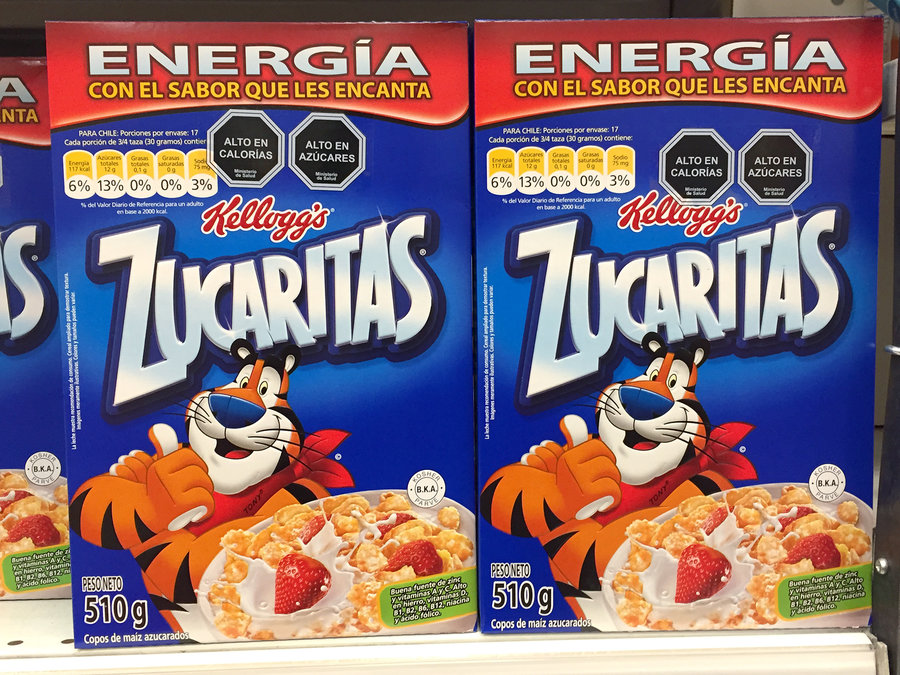The labeling of food and non-alcoholic beverages must clearly and adequately communicate nutritional information and encourage healthy decisions among consumers.
Academics and researchers at the Department of Research and Postgraduate in Food (DIPA) at the University of Sonora (Unison), María Esther Orozco García and Norma Violeta Parra Vergara, said that it is about promoting healthy consumption habits.
That way, they noted, you can know the amount of fats, sugars and sodium to raise awareness in your intake.
In addressing the topic "Frontal labeling of prepackaged foods and alcoholic beverages", they warned that this strategy seeks to help . . .






